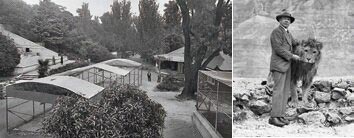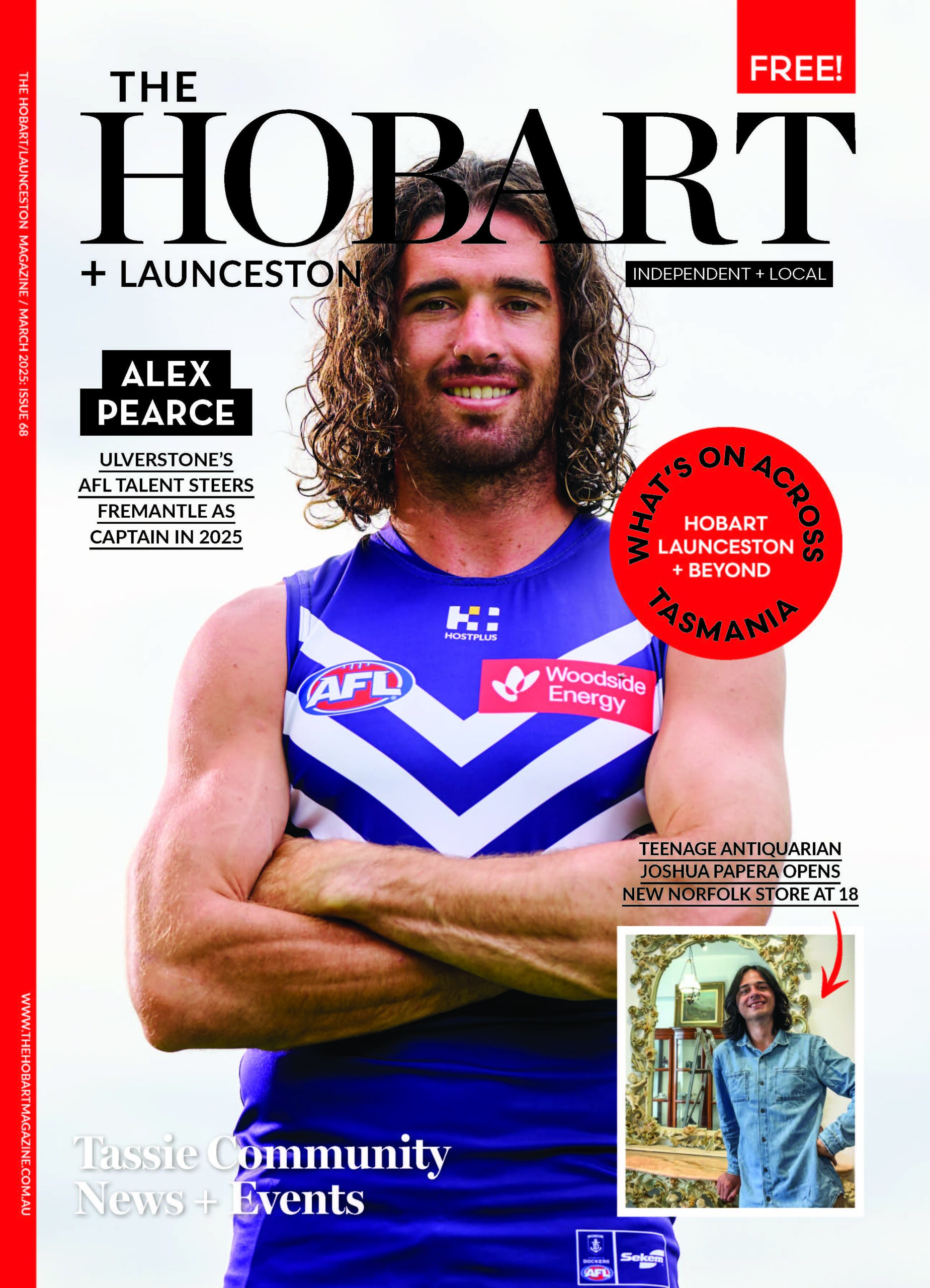The Hobart Zoo
by Genevieve Morton

The Hobart Zoo was started by a passionate socialite described as a “human dynamo” and was famously home to the last living thylacine.
Also known as the Beaumaris Zoo, it was opened in 1895 by wealthy socialite Mary Grant Roberts who not only wanted to provide a breeding program for Tasmanian devils but attract scientific interest in all native animals. She is credited as the first person to breed Tasmanian devils in captivity. Mrs Roberts started her collection on her property in Sandy Bay and housed more than 100 species of native birds along with wallabies, bandicoots, possums, echidnas, kangaroos, quolls and wombats.
Mrs Robert’s passion and hands-on approach – even in her early 70s – was well known and in 1967 even The Australian Women’s Weekly looked back on her as a “human dynamo”.
Mrs Roberts owned and operated the zoo until her death in 1921. The Roberts family then gifted the zoological collection to the Hobart City Council and, with a subsidy from the Tasmanian State Government, the zoo was moved to the Queens Domain.
With sweeping views of the Derwent, the site underwent a restoration to house more than 100 animals and 220 birds and was opened in 1923. Elephants, bears, tigers, eagles, zebras, ducks, rabbits and spider monkeys featured as attractions.
But the zoo is most famous for being home to just one animal.
The last captive thylacine nicknamed “Benjamin” was trapped in the Florentine Valley, near Mt Field in 1933 and sent to the Hobart Zoo where it lived for three years. “Benjamin” features in the last known footage of a living Tasmanian tiger – 62 seconds of black and white film showing the thylacine pacing its enclosure. It is widely believed the animal died of neglect, forced to spend a night in freezing conditions locked out of its enclosure, after which it developed pneumonia.
While the zoo was a popular destination for Hobart families in the 1920s, by the 1930s and the start of The Great Depression, attendance dropped dramatically.
The zoo closed due to financial collapse in 1937. The site was acquired by the Royal Australian Navy and converted into a fuel storage depot for the HMAS Huon shore base. The Navy used the site from 1943 until 1991 when it reverted to the Hobart City Council and was used as a storage depot.
These days, all that remains of the zoo is crumbling concrete structures in a grassy field. Visitors will however note the Beaumaris Zoo gates installed in 2000 to commemorate Benjamin’s death on September 7, 1936. National Threatened Species Day has been held annually on the same date since 1996. ■

